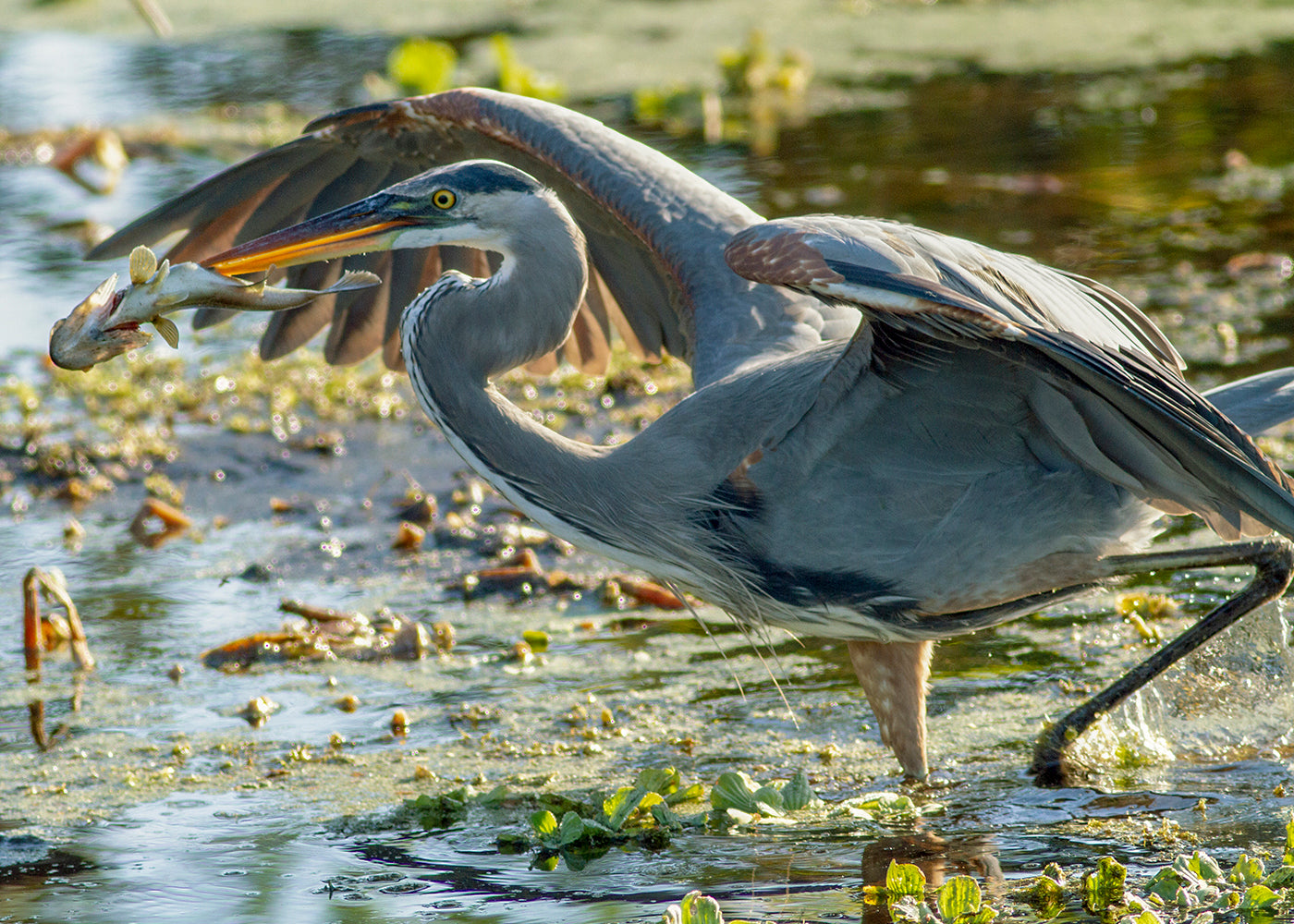
Best Camera and Lenses for Digiscoping
Digiscoping is an art as opposed to a science and doing it with a camera requires a little more effort than using a phone. A little experimentation is required to figure out what lens will work best with your camera when attached to your scope. Here are some tips on how to select the best lens for your style of camera body and sensor.
The Novagrade Camera adapter attaches to the camera by simply screwing it onto the filter threads on the front of the lens. You can use full frame sensor DSLRs, 1.5x and 1.6x crop sensor, and micro 4/3 cameras. Each of these camera types require a different fixed focal length pancake lens for best results.
Zoom and telephoto lenses do not work well. Whatever lens you do use should have at least a 2.8 F-stop but 1.7, 1.8 and even 1.4 is preferable. This will allow faster shutter speeds by allowing more light in to the sensor. Faster shutter speeds will help you in getting sharper photos.
When ordering you will need to know the filter thread size. It is usually marked on the front of each lens. The most common sizes are all available including: 46mm, 49mm, 52mm, 58mm, 62mm, 67mm and 72mm.
The best digiscopers seem to prefer Micro 4/3 mirrorless cameras for their electronic viewfinders and mirrorless capability which prevent mirror slap. Mirror slap in DSLRs causes a slight vibration which can blur the image. They are also lighter in weight. Popular micro 4/3 cameras are the Panasonic G and GH series as well as Sony and Olympus who also make great products.
A popular lens used with these cameras is the Panasonic 20mm 1.7 lens. It will fit on most cameras except the Sonys. For 1.5 and 1.6 crop sensor cameras choose a fixed pancake lens in the 28-40mm range with 2.8 or faster fstop. Canon, Nikon and Voigtlander all make lenses in this range. For full frame sensor cameras use a fixed 40mm or 50mm lens. Canon, Nikon and Voigtlander also make lenses to choose from in this range. The newer micro 4/3s cameras have Internal Body Image Stabilization or IBIS. These cameras work very well as they allow for faster shutter speeds.
Vibration and wind are your enemy when it comes to digiscoping due to the limited field of view and extreme focal lengths. IBIS helps in minimizing this. We recommend using a cable shutter release and sturdy tripod to help with this issue also as well.
While digiscoping with a camera produces better images than a phone, it does require more patience, practice and experimentation to get them. Establishing the right combination of a camera and lens that works with your particular scope is the most important part of being successful at it. Just the nature of the game.
Here are my recommendations for good lenses to use for digiscoping, regardless of what style camera you own.
CAMERA LENS
